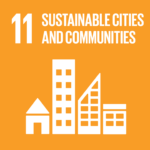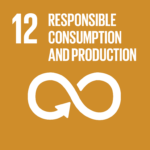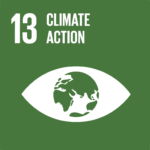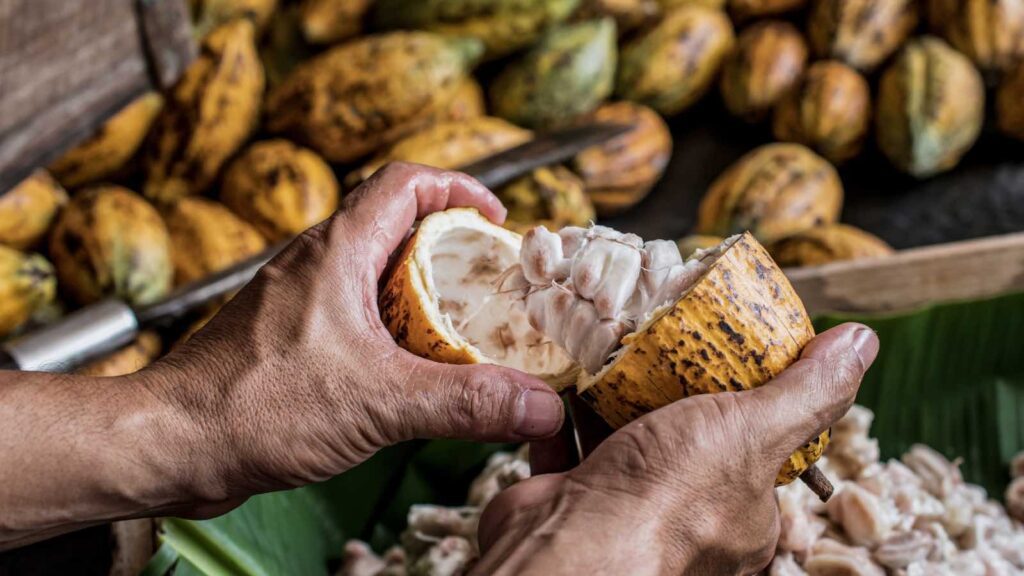With an annual output of nearly 4,000 metric tonnes in 2024,the right blend of circular economy practices, policy support, and market opportunity, it could evolve from niche exporter to sustainable leader.
Vietnam’s cocoa industry is quietly making a bold case for itself—not just as a producer of high-quality beans, but as a model for sustainable, circular economy transformation. Amid a global pivot toward greener economic models, cocoa may seem an unlikely trailblazer. Yet Vietnam’s small but dynamic cocoa sector is demonstrating how circular solutions can drive environmental and economic benefits across the value chain.
RELEVANT SUSTAINABLE GOALS



From Bean to Bar: A Sector Ripe for Change
With an annual output of nearly 4,000 metric tonnes in 2024—just 0.1% of global supply—Vietnam remains a modest player in volume. However, the country punches far above its weight in quality. Recognized by the International Cocoa Organization for its “fine flavour” beans, Vietnam is one of only a few countries with this status.
Domestic and international companies are taking note. Brands like Puratos, Marou, Trong Duc, and BariaChocolate are investing in processing capabilities and strengthening supply chains. This growing interest is amplified by global disruptions, including a cocoa shortage of 500,000 tonnes triggered by climate change impacts in Africa. With prices tripling in two years, Vietnam’s beans are becoming more attractive to premium markets.
Vietnam’s cocoa industry faces typical agricultural hurdles: soil degradation, water pollution, inefficient processing, and waste generation. However, regenerative and circular farming techniques are helping address these issues. Under an EU-funded initiative led by Helvetas Vietnam, 14 circular economy solutions were introduced by late 2024. These ranged from converting cocoa waste into compost to improving water reuse systems.
The project trained over 1,100 farmers and led to increased incomes for 30% of participants. In turn, it catalyzed around $115,000 in private-sector investments to bolster circular practices across the supply chain. The German Development Agency has launched a parallel initiative focused on regenerative cocoa and farmer livelihoods.
Climate Risks and Policy Rewards
While the sector’s potential is high, climate change poses serious threats. Salinization and heavy metal contamination in the Mekong Delta could affect future yields. At the same time, upcoming EU deforestation-free regulations (effective 2026) present both a challenge and an opportunity. Meeting these requirements could unlock access to premium markets where sustainability and traceability are critical.
Farmers in Vietnam are already benefiting from improved support and practices. Cocoa’s yield potential, if managed well, can reach 3.5 to 4 tonnes per hectare—four times current averages. The country’s Central Highlands and southeastern provinces are seeing a steady rise in cultivation as prices surge.
The government and international development agencies are now working together to create a legal and institutional framework to support the scaling of circular farming. These policy changes, combined with technical support and green finance, could turn Vietnam’s cocoa sector into a global model of low-waste, high-value agriculture.
Vietnam’s cocoa industry stands at a transformative moment. With the right blend of circular economy practices, policy support, and market opportunity, it could evolve from niche exporter to sustainable leader. For investors and sustainability advocates alike, Vietnam’s cocoa journey offers a compelling taste of what a climate-smart, zero-waste agricultural sector can look like in practice.
You may also be interested in :
Vietnam’s Rice Farmers Are Cutting Methane Emissions – And Costs – With Climate-Smart Innovations





